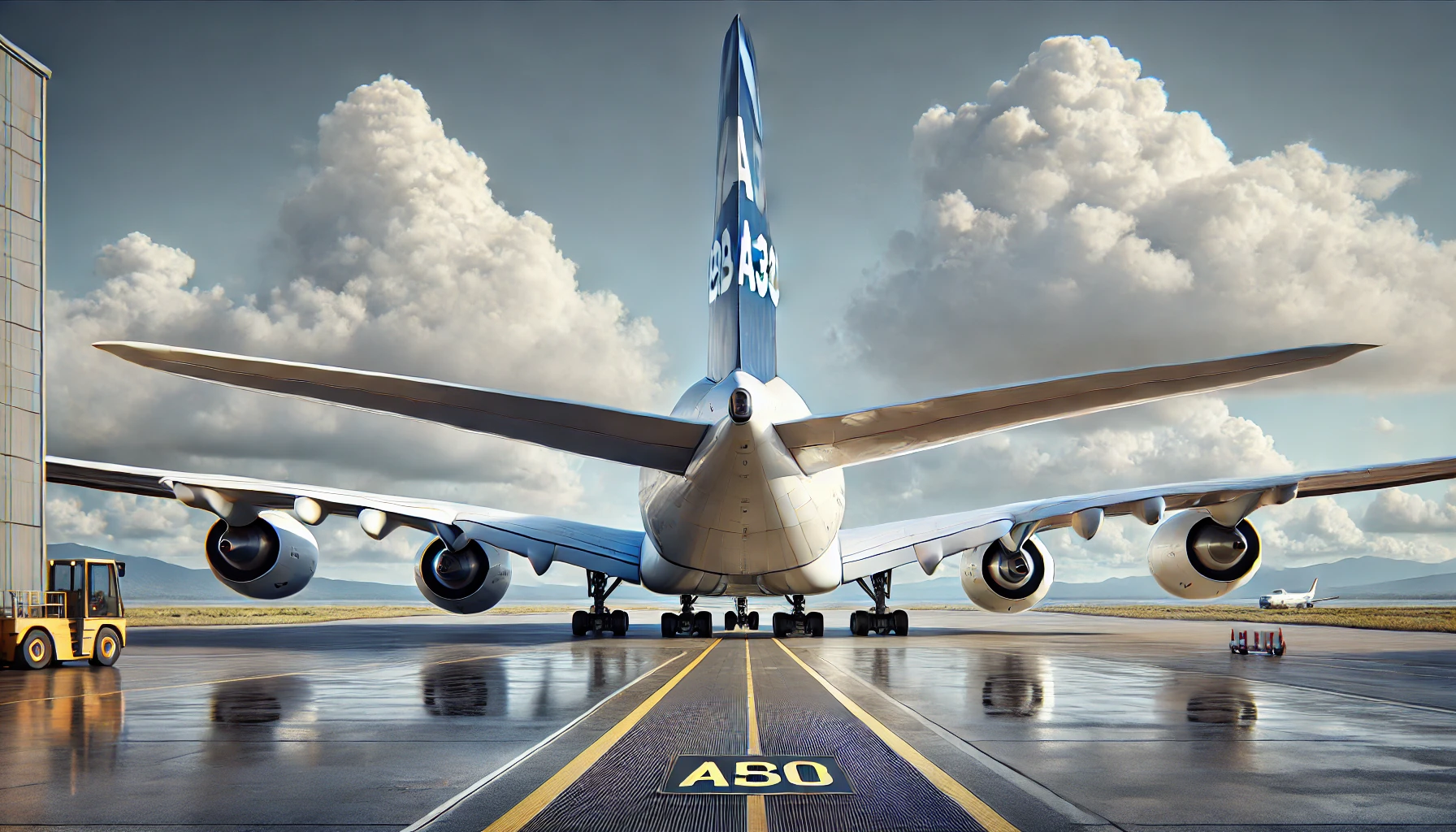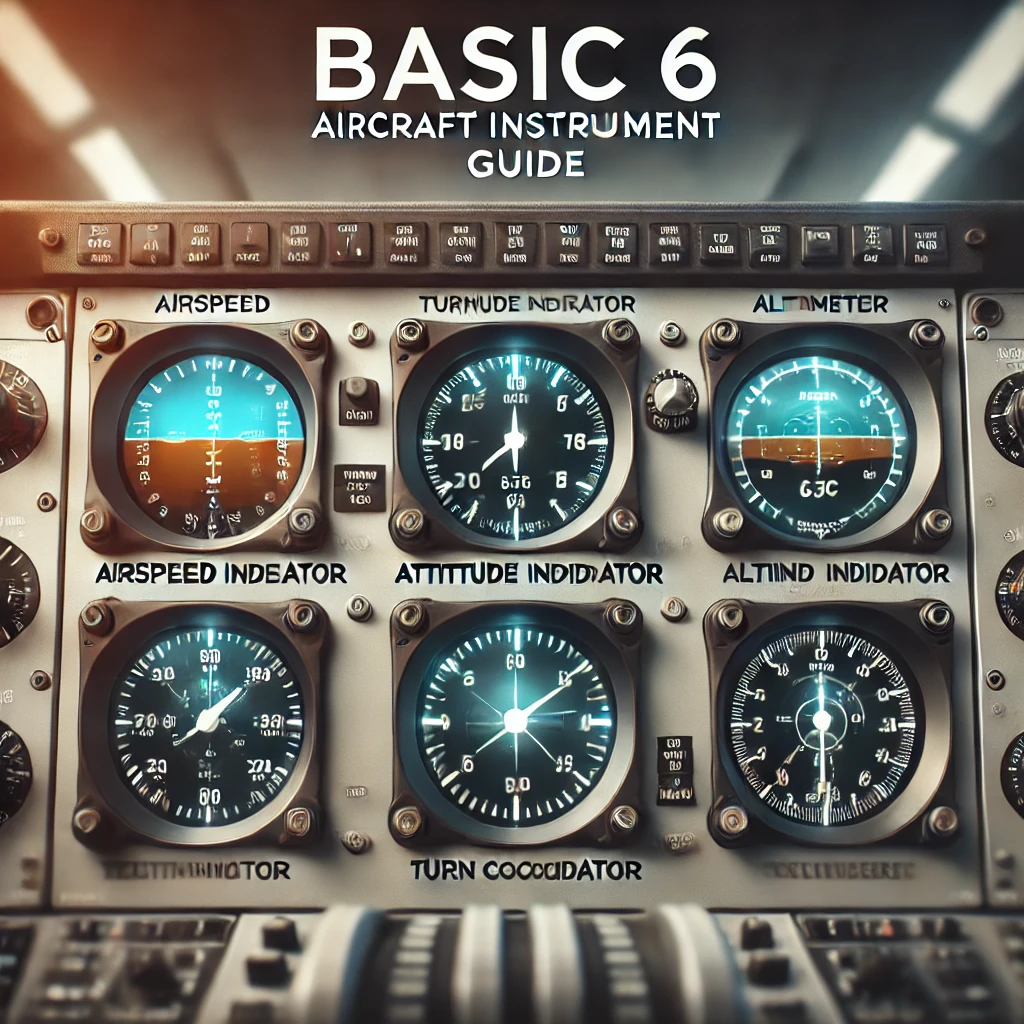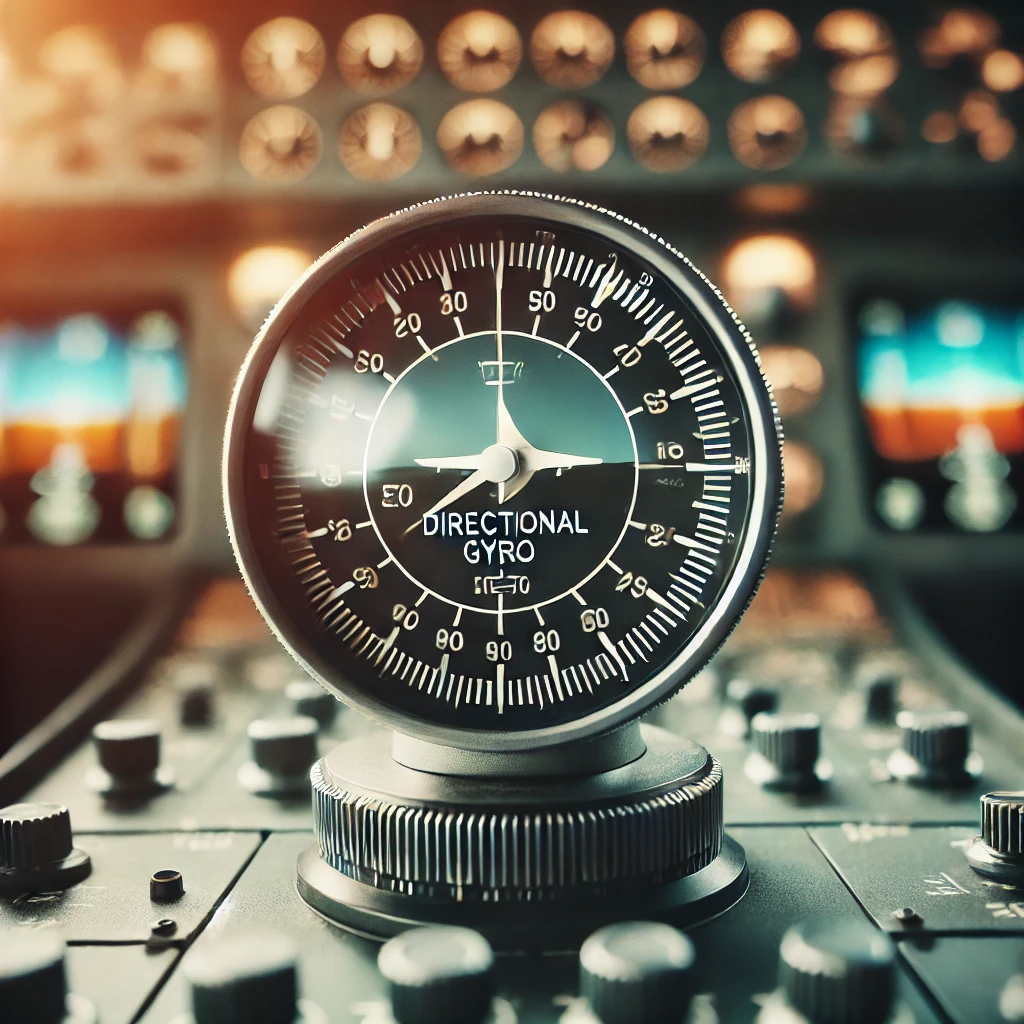Navigating the Skies: International vs. Domestic Aircraft Registration Demystified. In a world where the sky isn’t the limit but rather an open highway, understanding aircraft registration is crucial for aviation enthusiasts and industry professionals alike.
Whether you’re a seasoned pilot, a prospective aircraft owner, or simply an aviation aficionado, the debate between international and domestic aircraft registration can feel as complex as navigating through turbulent weather.
Why does it matter?
The differences go beyond mere paperwork—they can impact everything from insurance premiums to operational flexibility and tax implications. Join us as we take off on a journey to explore these key distinctions, helping you make informed decisions in your aerial pursuits! Buckle up—it’s going to be an enlightening ride!
Introduction to Aircraft Registration
When it comes to owning an aircraft, one of the most crucial steps is navigating the complex world of registration. Whether you’re a seasoned aviator or a newcomer in the skies, understanding the nuances between international and domestic aircraft registration can significantly impact your flying experience. Each type offers unique benefits and challenges that can shape everything from compliance with regulations to tax implications. As you embark on your journey through aviation ownership, knowing these differences will empower you to make informed decisions about how best to register your prized possession. Let’s dive into what makes each option distinct and explore which might be right for you!
What is Domestic Aircraft Registration?
Domestic aircraft registration refers to the process of registering an aircraft within a specific country. This status grants the owner legal recognition and establishes a clear ownership record.
The process typically involves submitting various documents, such as proof of ownership, airworthiness certificates, and compliance with local aviation regulations. Each country has its own set of requirements that must be met before registration can be finalized.
Owners enjoy several benefits with domestic registration. It often simplifies operations due to familiarity with national laws and regulations. Additionally, it may provide easier access to financing options through local banks or financial institutions.
However, there are limitations as well. Domestic registrations can come with stricter operational guidelines and potential restrictions on international travel or charter services outside the home country. Understanding these dynamics is crucial for prospective owners navigating their choices in aircraft registration.
Definition
Aircraft registration is a crucial process that establishes ownership and legitimacy for an aircraft. It serves as a legal identification, much like a vehicle registration for cars.
Domestic aircraft registration occurs within the borders of one country. Here, the registered owner must comply with that nation’s specific aviation regulations. This local framework often provides streamlined processes tailored to national needs.
On the other hand, international aircraft registration allows owners to register their aircraft in foreign jurisdictions. This option can open doors to more favorable regulations or tax advantages not available domestically.
Both forms of registration ensure compliance with aviation standards but cater to different operational philosophies and business strategies. Understanding these definitions sets the stage for deeper exploration into how they function in practice.
Process and Requirements
The process of domestic aircraft registration typically begins with the selection of a national aviation authority. Each country has its own regulatory body, such as the FAA in the United States or EASA in Europe.
Applicants must submit various documents, including proof of ownership and airworthiness certificates. In many instances, it’s essential to provide detailed maintenance records and information about modifications made to the aircraft.
Fees vary depending on jurisdiction but are usually required at different stages. Once all documentation is submitted and fees paid, you can expect an inspection from aviation officials.
After a successful evaluation, your aircraft will receive its unique registration number. This step solidifies your legal claim over the asset while ensuring compliance with local regulations.
Benefits and Limitations
Domestic aircraft registration offers several advantages. It often simplifies the process for local operators and provides easier access to maintenance facilities and services. Pilots familiar with regulations in their home country may also find it less burdensome.
However, limitations can arise as well. Domestic registrations might restrict international operations due to differing regulatory requirements. Additionally, some countries impose heavy taxation on domestic registrations, which could elevate ownership costs.
On the other hand, international aircraft registration opens doors to global operations. This type of registration frequently includes favorable tax structures and greater flexibility in leasing arrangements or financing options.
Yet, these benefits come with challenges too. International registries may require more extensive documentation and compliance measures than domestic ones. Understanding foreign legalities can be daunting for many owners navigating unfamiliar procedures.

What is International Aircraft Registration?
International aircraft registration refers to the process of registering an aircraft in a country other than where it is primarily operated or owned. This type of registration can offer various advantages, particularly for owners seeking flexibility and favorable regulations.
The process typically involves complying with international standards set by organizations like the International Civil Aviation Organization (ICAO). Owners must submit necessary documentation, including proof of ownership and airworthiness certificates from their home country.
One key benefit is access to more lenient regulatory frameworks that some jurisdictions provide. These can include reduced taxes or fewer operational restrictions. However, it’s essential to be aware that international registration may also require adherence to specific compliance measures unique to the chosen jurisdiction.
Definition
Aircraft registration is the formal process of recording an aircraft with a national aviation authority. This establishes ownership and ensures compliance with various regulations.
Domestic aircraft registration refers to registering an aircraft in the country where it primarily operates or resides. Each country has its own set of rules governing how this registration occurs.
On the other hand, international aircraft registration involves registering your aircraft under a foreign jurisdiction. This often provides opportunities for owners who seek flexibility and benefits not available in their home countries.
Understanding these definitions is crucial when navigating the complexities of owning and operating an aircraft. Each type of registration carries its unique implications that can affect everything from legal responsibilities to operational capabilities.
Process and Requirements
The process of domestic aircraft registration typically begins with the preparation of necessary documentation. This includes proof of ownership, such as a bill of sale, and compliance with safety regulations.
Next, applicants must complete an application form specific to their country’s aviation authority. Each jurisdiction has its own nuances regarding this paperwork. Accuracy is vital; any errors can lead to delays.
Once the forms are submitted, there may be inspections required by local authorities. These evaluate both the aircraft’s condition and adherence to regulations.
Fees often accompany the registration process. Different countries have varied costs associated with registering an aircraft domestically.
Lastly, expect some time for processing before obtaining your official certificate of registration. It’s crucial to remain patient while ensuring all details comply fully with legal requirements.
Benefits and Limitations
Domestic aircraft registration offers specific benefits that can be appealing to owners. It generally provides easier access to local resources, such as maintenance services and regulatory support. Being registered domestically may also simplify compliance with national aviation regulations.
However, there are limitations too. Owners might face restrictions on flying internationally or could incur higher operational costs depending on the jurisdiction.
International registration allows for broader operational flexibility. This option often opens doors to more favorable tax regimes and reduced operating fees in certain jurisdictions.
Yet, it comes with its own set of challenges. The process can be complex and time-consuming, requiring thorough knowledge of multiple regulatory environments. Additionally, international registrations may lead to increased scrutiny from authorities each time you cross borders.
Key Differences between International and Domestic Aircraft Registration
When choosing between international and domestic aircraft registration, legal considerations come to the forefront. Domestic registration typically adheres strictly to national aviation laws. This can simplify compliance but may limit operational flexibility in foreign airspace.
Tax implications also vary significantly. Many international registries offer favorable tax treatment or exemptions that aren’t available with domestic registrations. This can lead to significant savings for owners.
Operating restrictions differ as well. Aircraft registered domestically must comply with local regulations, which might impose limitations on where you can fly or how often you need inspections. In contrast, international registrations may allow broader travel options and fewer regulatory hurdles.
These factors create a complex landscape for aircraft owners when determining the best route for their needs. Understanding these differences is crucial in making an informed decision regarding your investment.
Legal Considerations
When it comes to aircraft registration, legal considerations play a crucial role. Each country has its own set of regulations governing the ownership and operation of aircraft. Understanding these laws is essential for compliance.
Domestic registration typically adheres to national aviation authorities’ rules, ensuring that all operations align with local standards. This may include safety inspections, pilot licensing requirements, and operational restrictions based on airspace regulations.
On the other hand, international registration can introduce complexities. Aircraft registered in one country but operated in another may face different legal frameworks. Navigating these diverse regulations requires careful attention to detail.
Liability issues also differ significantly between domestic and international registrations. It’s vital for owners to understand their exposure depending on where they register their aircraft.
Choosing the right path involves assessing potential legal challenges while aligning with your operational goals.
Tax Implications
Tax implications can significantly influence your choice between international and domestic aircraft registration.
When registering domestically, owners often face local taxes that vary by region. These may include sales tax, property tax, or even use tax upon acquisition. It’s essential to understand how these taxes apply in your jurisdiction.
International registration offers potential advantages concerning taxation. Many countries provide favorable tax regimes designed to attract foreign aircraft owners. This could mean lower rates or exemptions on certain duties.
However, it’s crucial to navigate the complexities of international laws carefully. Some jurisdictions impose strict regulations that may come with unexpected costs.
Understanding the long-term financial impacts is vital for any aircraft owner considering their options in registration routes. The right decision can lead not only to compliance but also significant savings over time.
Operating Restrictions
Operating restrictions play a crucial role in determining how an aircraft can be utilized. Domestic registrations often come with specific guidelines that are aligned with the local laws of the country where the aircraft is registered. This can include limitations on flight paths, types of operations allowed, and even geographical boundaries.
On the other hand, international registration may provide broader operational flexibility. However, it’s essential to note that these advantages can vary significantly based on jurisdiction. Some countries impose stringent regulations that might limit usage despite an international certificate.
Additionally, domestic registrants may find themselves subject to more rigorous inspections and compliance checks compared to their internationally registered counterparts. These differences highlight the importance of understanding not just what registration you choose but also how those choices affect your operational capabilities in practice.
Choosing the Right Registration for Your Aircraft
Choosing the right registration for your aircraft involves several considerations. Start by evaluating where you plan to operate most frequently. Domestic registration often suits those primarily flying within their home country.
Next, think about your privacy needs. International registrations can offer more anonymity compared to domestic options, which may require public disclosure of ownership details.
Cost is another crucial factor. Fees vary significantly between jurisdictions and can impact your decision over time.
Consider future use as well. If international travel is on the horizon, registering in a country known for its favorable regulations might save headaches later.
Lastly, consult with aviation experts or legal advisors who understand the intricacies of both systems. Their insights can guide you towards a choice that aligns with your operational goals and financial constraints.
Case Studies: Examples of International vs. Domestic Registration
A private jet owner in the United States opted for domestic registration to maintain compliance with FAA regulations. This choice allowed seamless access to U.S. airspace and simplified maintenance requirements. However, they faced higher taxes which could impact their overall operating costs.
In contrast, a company registered its aircraft in Bermuda due to favorable tax incentives associated with international registration. The business enjoyed lower operational costs and greater flexibility when traveling worldwide. Yet, it encountered challenges navigating foreign regulatory frameworks that sometimes complicated flight permissions.
Another case involved an individual who chose international registration for privacy reasons, keeping ownership details confidential from public records. While this decision provided anonymity, it also imposed certain restrictions on where they could operate without additional approvals or permits. Each scenario highlights the diverse factors influencing aircraft registration decisions across different jurisdictions.
Conclusion: Factors to Consider When Registering an Aircraft.
When it comes to aircraft registration, several factors play a crucial role in making the right choice. Understanding your specific needs is essential. Consider how often you plan to operate your aircraft across borders or domestically. This will influence whether international or domestic registration suits your operations better.
Tax implications should also be on your radar. Different countries have varying tax laws that can significantly impact ownership costs and profits from any commercial use of the aircraft.
Legal considerations are another vital aspect. Compliance with aviation regulations is non-negotiable, and understanding these rules within each jurisdiction can save you time and potential legal troubles down the line.
Lastly, think about operational restrictions that may come with either type of registration. Do you need flexibility for charter operations? Or do simpler domestic flights fit into your plans?
Every situation is unique, so weigh these factors carefully before proceeding with aircraft registration. Your choice could shape not just how you fly but also how efficiently you manage costs and compliance throughout the life of your aircraft.




